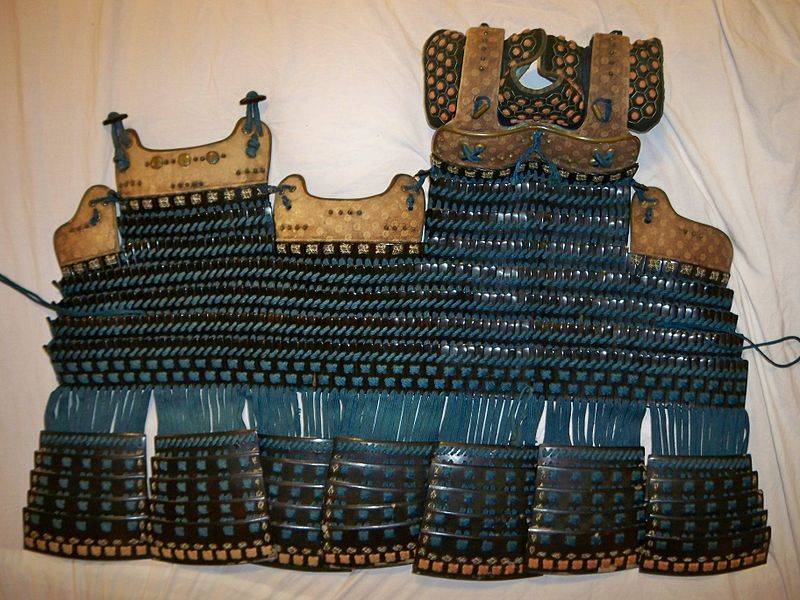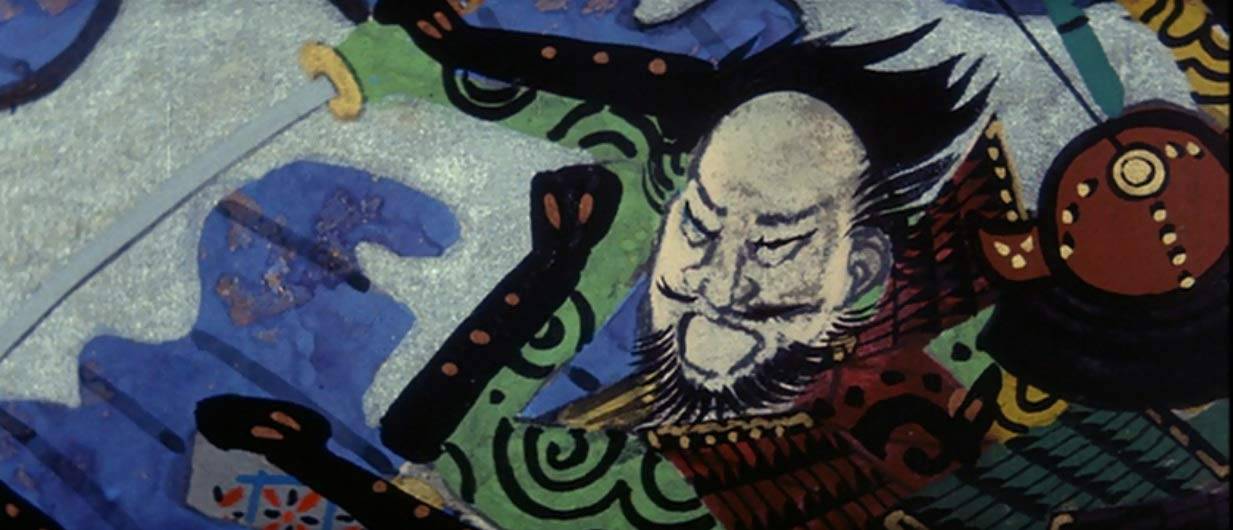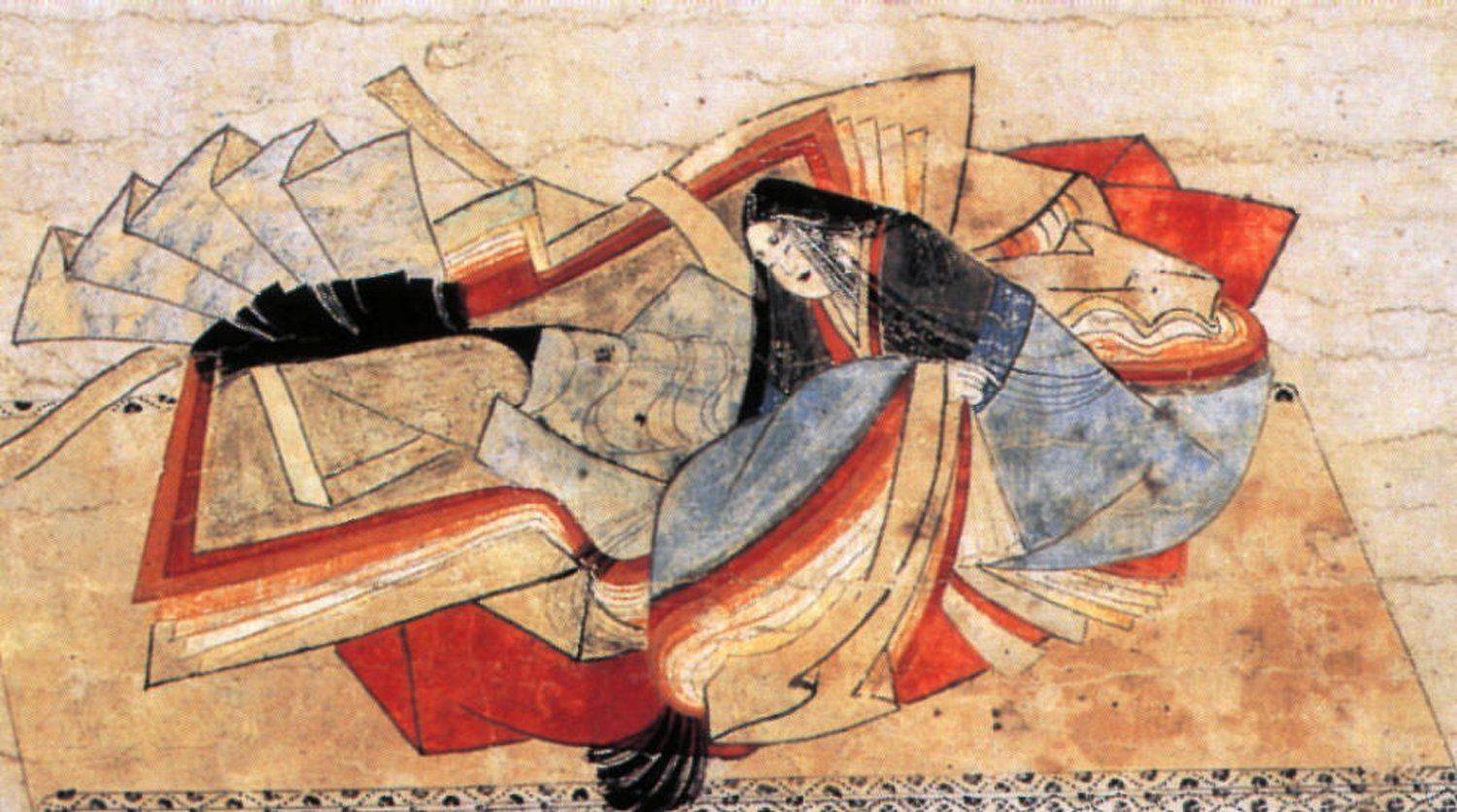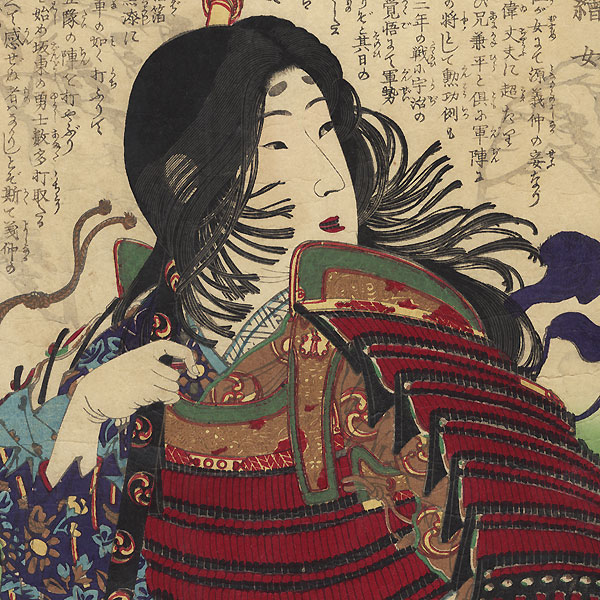
Samurai Armor of the Yamabuki era
The armor was light, which allowed the warrior to move, and heavy enough to withstand arrows.

The armor was light, which allowed the warrior to move, and heavy enough to withstand arrows.

Life is a journey, not a destination. —Ralph Waldo Emerson A hero ventures forth from the world of common day into a region of supernatural wonder: fabulous forces are there encountered and a decisive victory is won: the hero comes back from this mysterious adventure with the power to bestow boons on his fellow man. Joseph Campbell The journey of 1000 li begins beneath one’s feet. Lao Tsu And so, beneath my feet, the first words I write go down on the printed page:...

To most Westerners, Japanese samurai films show Japan after the Tokugawa Shogunate–from about 1600 and onward–replete with two-sword retainers with shaved pates, clean shaven for the most part, and living in a very regimented society with strict adherence to the rules set down by the Shogunate. But like my earlier post, “Murasaki’s World – Heian Japan,” Japan was different then, as were the warriors. Some examples: the warriors wore less sophisticated armor than in later periods, but still unmistakable Japanese....

The Japan of the Heian period, 794-1185, unsurprisingly was different from popular images of medieval Japan. In writing the Yamabuki series, as much as I could, I looked to experts in the field who understood what the Heian period was, and also what it was not. If the informed Westerner was asked to enumerate the outstanding features of traditional Japan, his list might well consist of the following: in culture No and Kabuki drama, Haiku poems, Ukiyoe colour prints, samisen music, and various activities like the tea ceremony, flower arrangement, and the preparation of miniature landscapes that are related to Zen influences; in society the two-sworded samurai and the geisha; in ideas the Zen approach to human experience with its stress on an intuitive understanding of the truth and sudden enlightenment, the samurai ethic sometimes known as Bushido, a great concern with the the conflicting demands of duty and human affection and an extremely permissive attitude to suicide, especially love suicides; in domestic architecture fitted straw matting (tatami), large communal baths, tokonoma alcoves for hanging kakemono; in food raw fish and soy (tempura and sukiyaki being judiciously excluded as Western importations)....

Woman warrior during the Gempei Wars. Several women fought in the Gempei Wars, 1180-1185, for control of Japan.